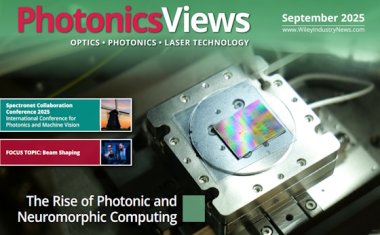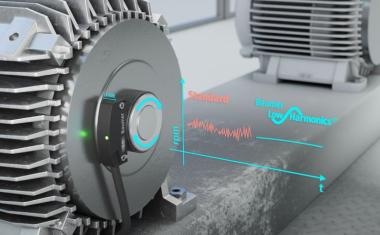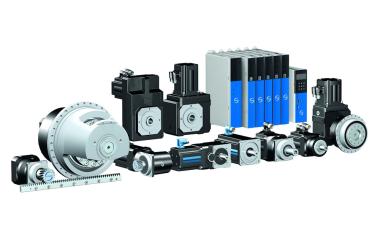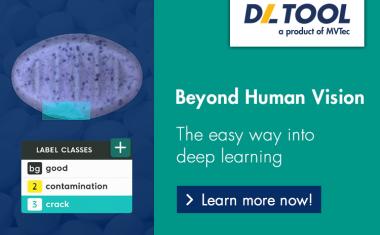Touching holograms
Threedimensional graphics in air can be manipulated with the hands.
Elodie Bouzbib from Public University of Navarra (UPNA), together with Iosune Sarasate, Unai Fernández, Manuel López-Amo, Iván Fernández, Iñigo Ezcurdia and Asier Marzo have succeeded, for the first time, in displaying threedimensional graphics in air that can be manipulated with the hands. “What we see in films and call holograms are typically volumetric displays,” says Bouzbib. “These are graphics that appear in mid-air and can be viewed from various angles without the need for wearing virtual reality glasses. They are called true 3D graphics.” She also highlights that they are particularly interesting as they allow for the come-and-interact paradigm, meaning that the users simply approach a device and start using it.
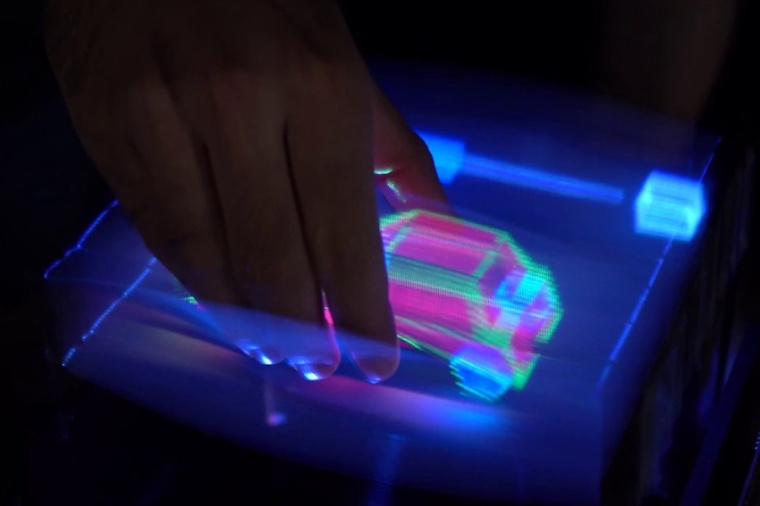
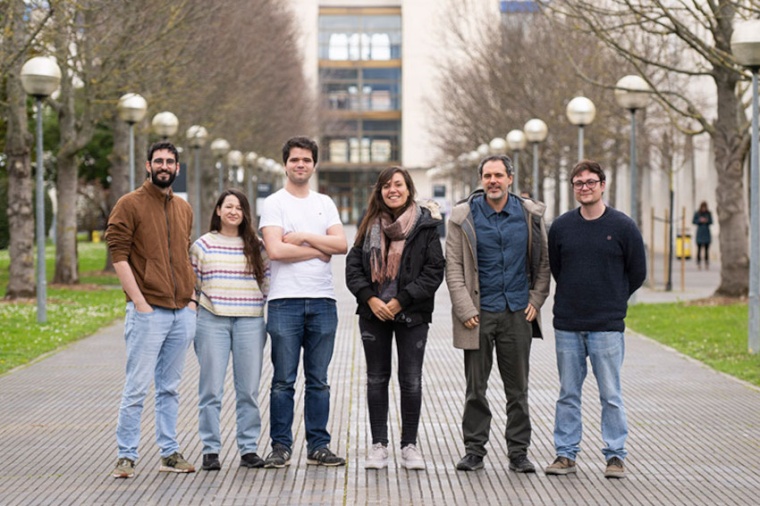
“Commercial prototypes of volumetric displays already exist, such as those from Voxon Photonics or Brightvox, but none allow for direct interaction with the holograms,” the team points out. Asier Marzo comments that direct interaction means “being able to insert our hands to grab and drag virtual objects.” He adds: “We are used to direct interaction with our phones, where we tap a button or drag a document directly with our finger on the screen – it is natural and intuitive for humans. This project enables us to use this natural interaction with 3D graphics to leverage our innate abilities of 3D vision and manipulation.”
Volumetric displays have a fast oscillating sheet – a diffuser. Images are projected synchronously at high speed (2,880 images per second). Thanks to the persistence of vision, the images projected onto the diffuser at different heights are perceived as a complete volume. “The problem,” notes the research team, “is that the diffuser is usually rigid, and if it comes into contact with our hand while oscillating, it may break or cause injury.” To address this, the team has replaced the rigid diffuser with an elastic one after testing different materials for their optical and mechanical properties. The challenge is that “elastic materials deform and require image correction,” adds Bouzbib.
This innovation enables new ways to interact with 3D graphics, allowing users to grasp and manipulate virtual objects naturally. “For example, grasping a cube between the index finger and thumb to move and rotate it, or simulating walking legs on a surface using the index and ring fingers,” they illustrate. “Displays such as screens and mobile devices are present in our lives for working, learning, or entertainment. Having threedimensional graphics that can be directly manipulated has applications in education – for instance, visualizing and assembling the parts of an engine. Moreover, multiple users can interact collaboratively without the need for virtual reality headsets. These displays could be particularly useful in museums, for example, where visitors can simply approach and interact with the content,” explains the research team.
The researchers will present their results at the CHI 2025 conference, which will take place in Yokohama between 26 April and 1 May. More than 4,000 researchers are expected to attend this event. Companies such as Microsoft, Meta, Apple or Adobe will participate and present the latest advancements in interactive techniques and devices. This research is within the InteVol project, led by UPNA and funded by the European Research Council (ERC). (Source: UPNA)
Link: FlexiVol project, Public University of Navarra (UPNA), Pamplona, Spain
most read
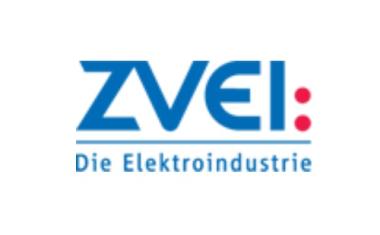
Electrical and digital industry calls for strategy for Europe's digital sovereignty
The French and German electrical and digital industry associations, FIEEC and ZVEI, are calling for a proactive strategy for Europe's digital sovereignty.
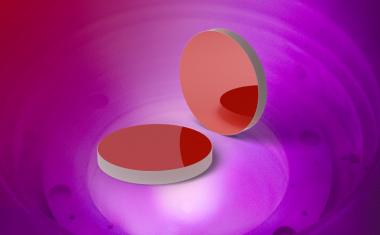
Laser Components: customized laser optics since 1986
Laser Components began coating individual laser optics almost 40 years ago. These are used in laser processes in numerous industries, including medicine, defense and aerospace.
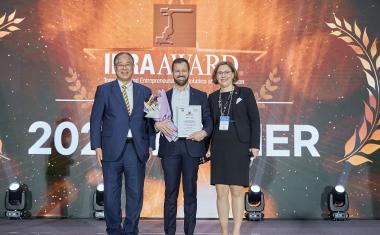
Otto wins IERA Award 2025
Rockwell's robot is an AMR solution that can transport heavy loads in factories and operate in robot fleets of over 100 units.

Microvista expands management team with new dual leadership
Dr. Robin Höhne joins company founder Prof. Dr. Lutz Hagner as Chief Executive Officer.

HMS Networks takes over Industrial Communications division from Molex
This strategic acquisition includes intellectual property in hardware and software, a product portfolio with network cards and software stacks, as well as customer relationships in the USA and Japan.


